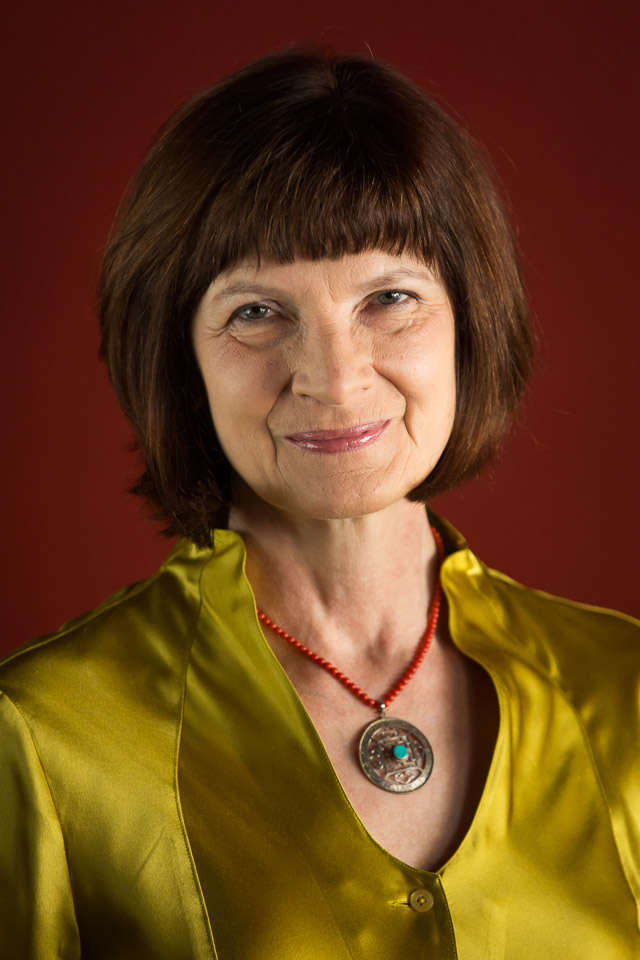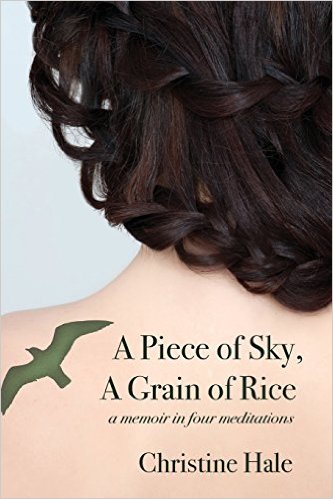
Readers often ask me why I wrote a memoir. I began as a fiction writer (my first book, Basil’s Dream, published in 2009, is a novel). But the year my mother passed away, 2000, the material that would become this memoir asserted itself. In fact, it hijacked me. I was granted a 10-day residency at an artists’ colony, precious time to work on a revision of the novel. But when my busy life dropped away from me, all I could do was grieve my mother: her death, her hard life, and the tangle of love and misery that had been our relationship. I spent the whole residency writing about her life and my childhood. When I went home and got busy again, I completely forgot what I’d written. A year or so later, my computer’s hard drive was failing. Pulling off the files I wanted to save, I found that material– almost 100 pages! I read it, realized it was memoir, gulped, felt sick, and put it aside.
But I couldn’t stop writing about my life. Only after my mother died did I begin to really get to know my father, so that revelation had to be explored on the page. The solitary Buddhist retreats I undertook every year or so were other-worldly I just had to write about them. And the together-tattoos with my teen children, that strange and funny tale had to be told.
Much of what now comprises A PIECE OF SKY, A GRAIN OF RICE was originally published as separate personal essays. I had a nagging feeling that these apparently separate threads all belonged together, but for the longest time– years– I couldn’t figure out how or why. Only in retrospect is the answer crystal clear: the stories belong together because they are all about reconciliation: me coming to terms with the path I’ve traveled– and the people I bruised and learned from and was bruised by along the way.
By the time I began pulling the separate threads together into a book, around 2007, I’d been writing and teaching writing for a long time. So I knew I faced quite a technical challenge. Ultimately I figured that the only structure that could handle so many memories from so many points in time was collage. Think of photos pasted to a poster board– layered, overlapping, some partially obscured, others fore-grounded. The placement appears random, but the creator of the collage has a sense, conscious or intuitive, of where each photo belongs.
I worked on the book by shaping each memory into a little story, with careful attention to sensory detail (this is the advice I give to every would-be memoirist). I cut the longer stories into pieces and arrayed them in the way that felt “right.” I let the tattoo stories, which were happening as I worked on the book, be the through-line, because I wanted the book to have some momentum– some narrative drive– through time. I revised and refined the collage many times, with input from a small group of writer friends I rely on as first readers. It’s very rewarding to discover that my readers do “get” that the book’s structure mimics the way our own processes of recollection and introspection work: seldom a straight line.
I came to understand myself more clearly through the process of creating the book. When I work with people writing memoir, I tell them this is the gift they can expect to receive, if they can be both unflinching– courageous enough to see themselves and others as they really are– and self-compassionate- -merciful enough to accept, forgive, and learn from their humanity.
I want my readers to take away a feeling that they are not alone in their doubts, fears, confusion, strivings, and hopes. That these feelings are the essence of being human. I often hear from readers that they identify with the struggles and the triumphs in the book, that they are reminded of their own sweetest memories, that they feel reconnected with people they’ve lost, or that they have new insight into someone who was a powerful and painful mystery in their life. It’s amazing and satisfying that readers can get from the book their own personal version of what I got from writing it: clarity and release.
Christine Hale grew up amid abuse, depression, dysfunction, alienation and isolation—her mother’s, but also, because her view was the lens that controlled the family—her own, her father’s and her two sisters’. She became a writer, a prodigal daughter, a single parent, a Buddhist disciple, and, late in midlife, a newlywed. In this non-linear memoir, she meditates upon the broken path she’s traveled: two divorces, an abandoned career, too much solitude, an unconventional and transformative relationship with a female spiritual teacher, and two children lost to young adulthood but recovered, in part, through an odd ritual of repeated tattooing.

Christine Hale’s prose has appeared in Hippocampus, Arts & Letters, Prime Number, Shadowgraph, and The Sun, among other literary journals. Her debut novel Basil’s Dream (Livingston Press 2009) received honorable mention in the 2010 Library of Virginia Literary Awards. Hale has been a finalist for the Glimmer Train Short Story Award for New Writers and the Rona Jaffe Foundation Writers’ Award. Presently, she teaches in the Antioch University-Los Angeles Low-Residency MFA Program as well as the Great Smokies Writing Program. She lives in Asheville, North Carolina.





Thanks for featuring Christine for the tour!
I like memoirs and this sounds a very unusual one.
Sounds like I good book, though I’m not a big memoir reader.
It does sounds good. I just ran out of time in my schedule to read it.
It sounds like she HAD to write her story. I do love a good memoir.
Good memoirs are definitely worth reading.